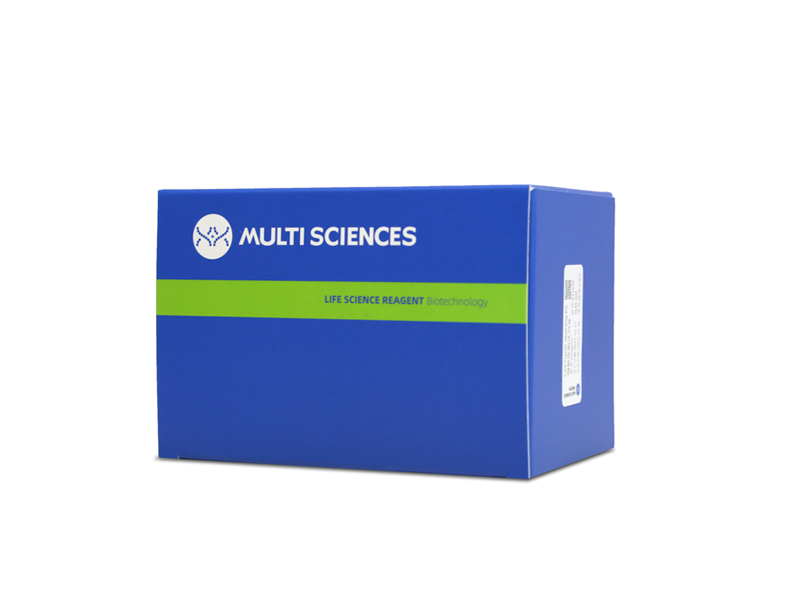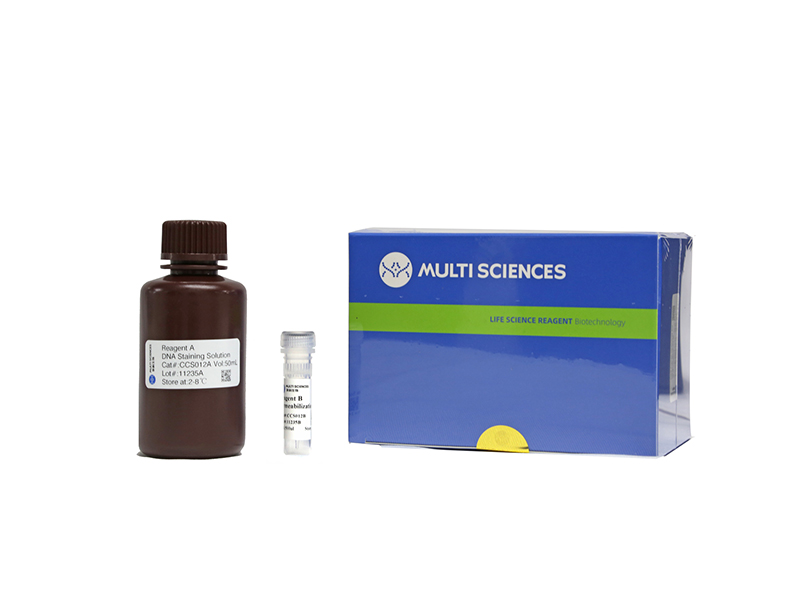Background Ultra-Violet Radiation (UVR) is the most significant exogenous contributor to skin aging. UVB causes the senescence of melanocytes, which results in a permanent arrest in the proliferative process. Senescence is also regarded as a physiological tumor-suppressing mechanism of normal cells. However, the mechanism of the relationship between melanocyte senescence and melanoma was not sufficiently clarified. Methods Melanocytes and melanoma cells were irradiated with UVB for the indicated time. The miRNA expression profile of melanocytes were obtained by miRNA sequencing and confirmed by real-time PCR. Cell count kit-8 assays, cell cycle assays were also employed to explore the effect of miR-656-3p and LMNB2 on senescence. Dual-luciferase reporter assays were applied to determine the miRNA targets. Finally, a xenograft model and a photoaging model of mice were conducted to verified the function of miR-656-3p in vivo. Results Melanoma cells did not alter into a senescence stage and the expressions of miR-656-3p had no significant changes under the same intensity of UVB radiation. miR-656-3p appeared to be upregulated in melanocytes rather than melanoma cells after UVB radiation. miR-656-3p could promote the photoaging of human primary melanocytes by targeting LMNB2 . Finally, overexpression of miR-656-3p significantly induced senescence and inhibited the growth of melanomas in vitro and in vivo. Conclusion Our work not only demonstrated the mechanism by which miR-656-3p induced the senescence of melanocytes but also proposed a treatment strategy for melanomas by using miR-656-3p to induce senescence.
文章引用产品列表
-
- CCS01
- 周期试剂盒
Cell Cycle Staining Buffer 细胞周期染色液
- ¥320.00
-
- CCS012
- 周期试剂盒
Cell Cycle Staining Kit 细胞周期检测试剂盒
- ¥390.00



